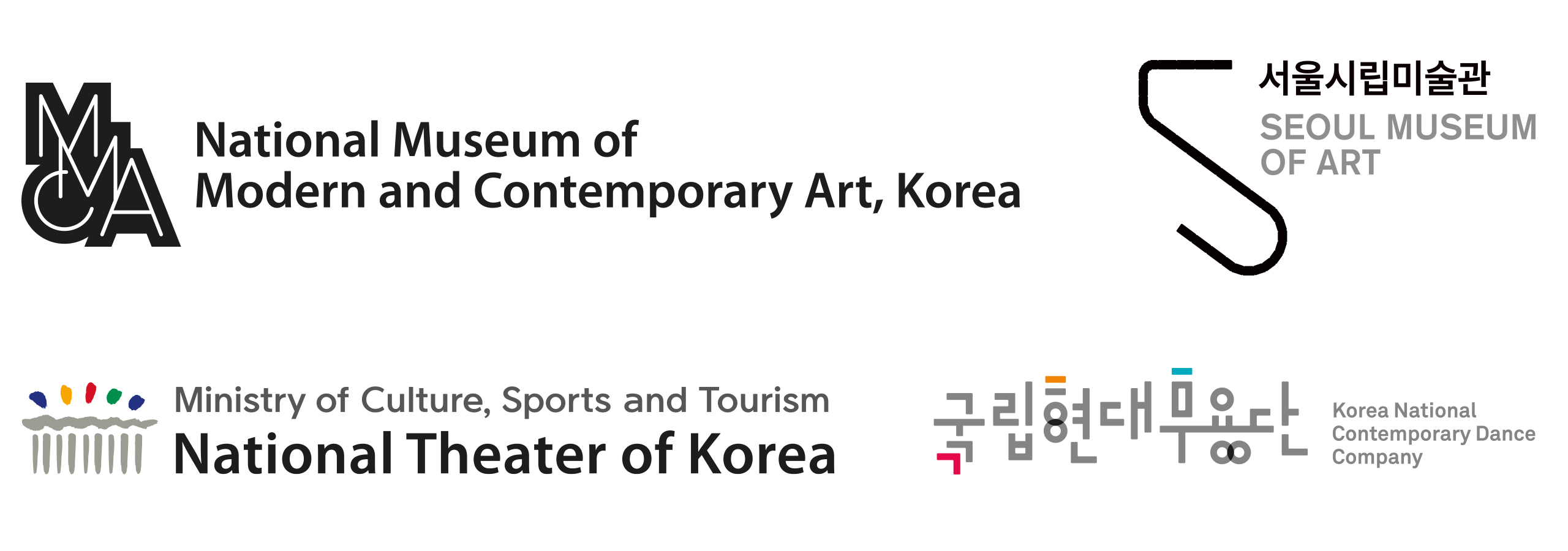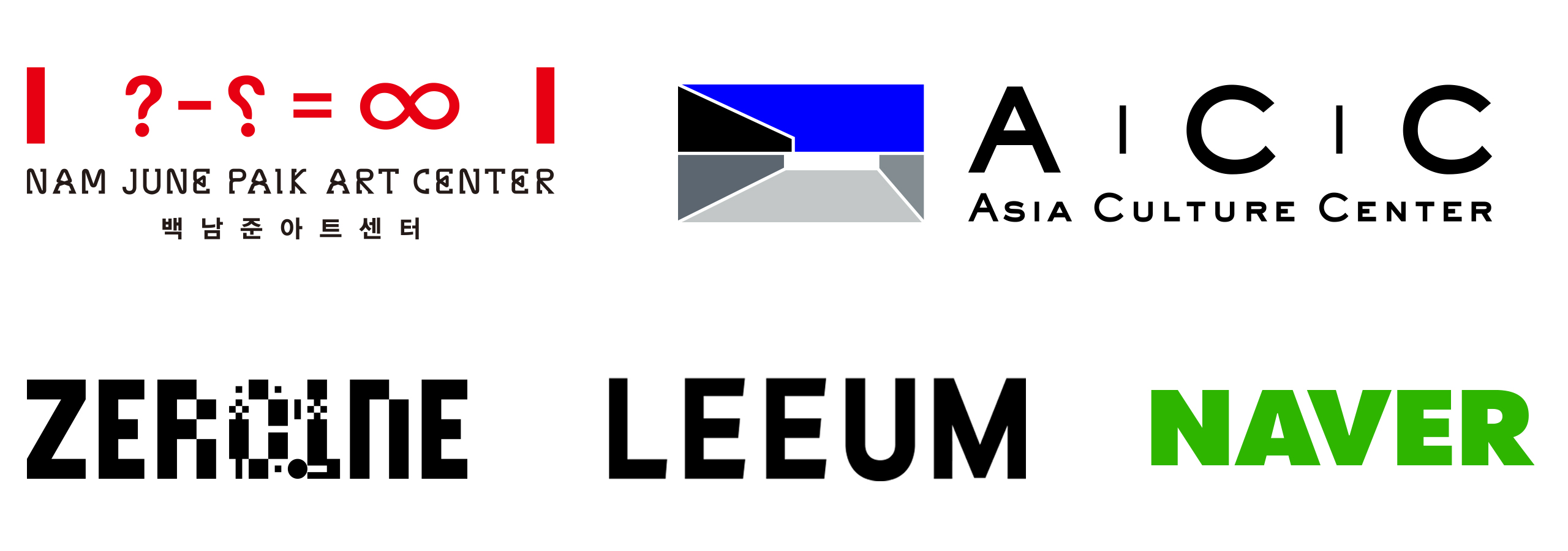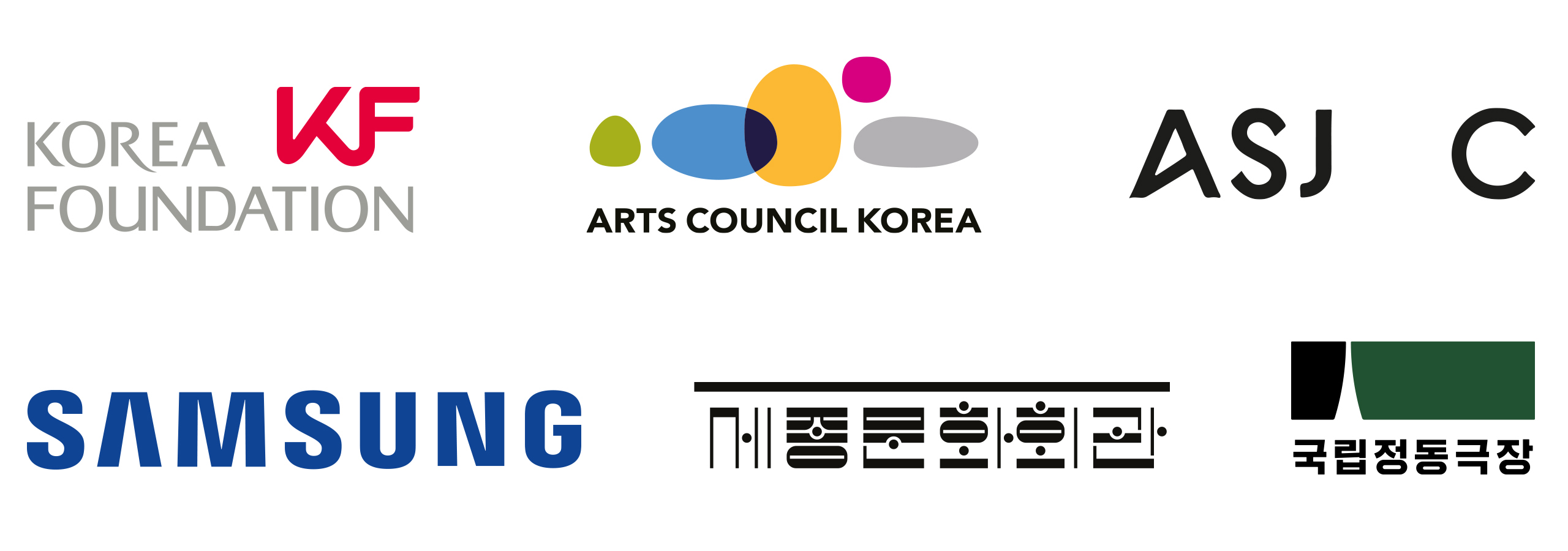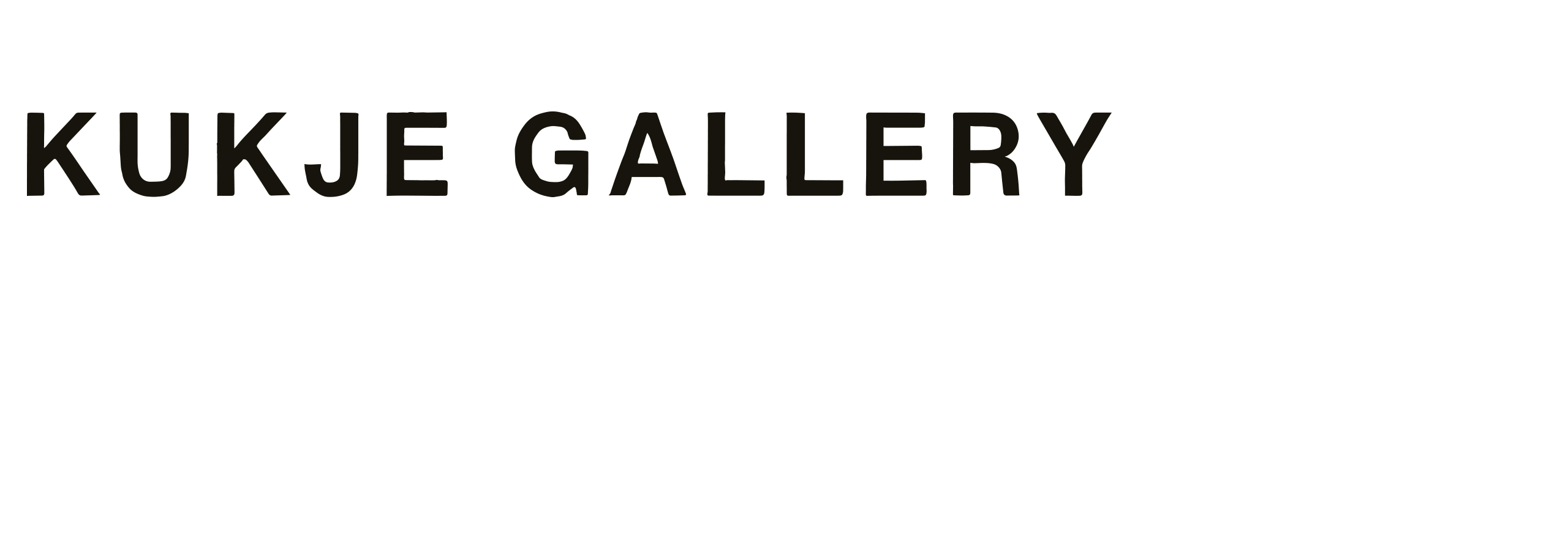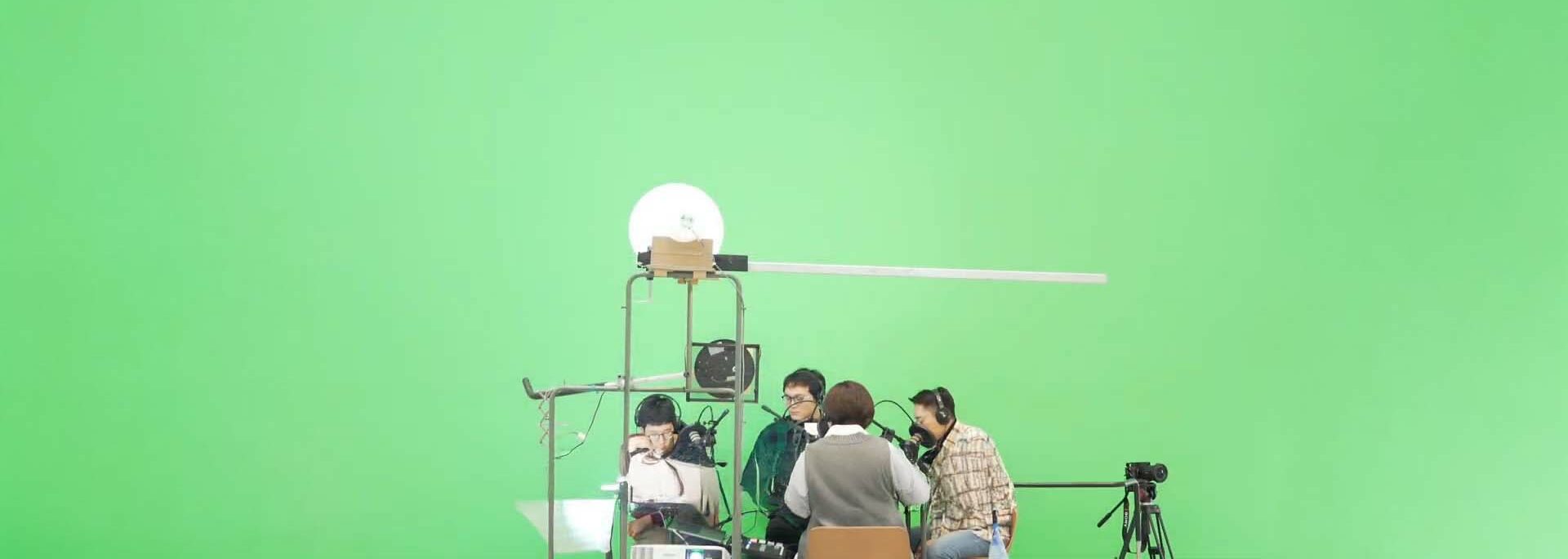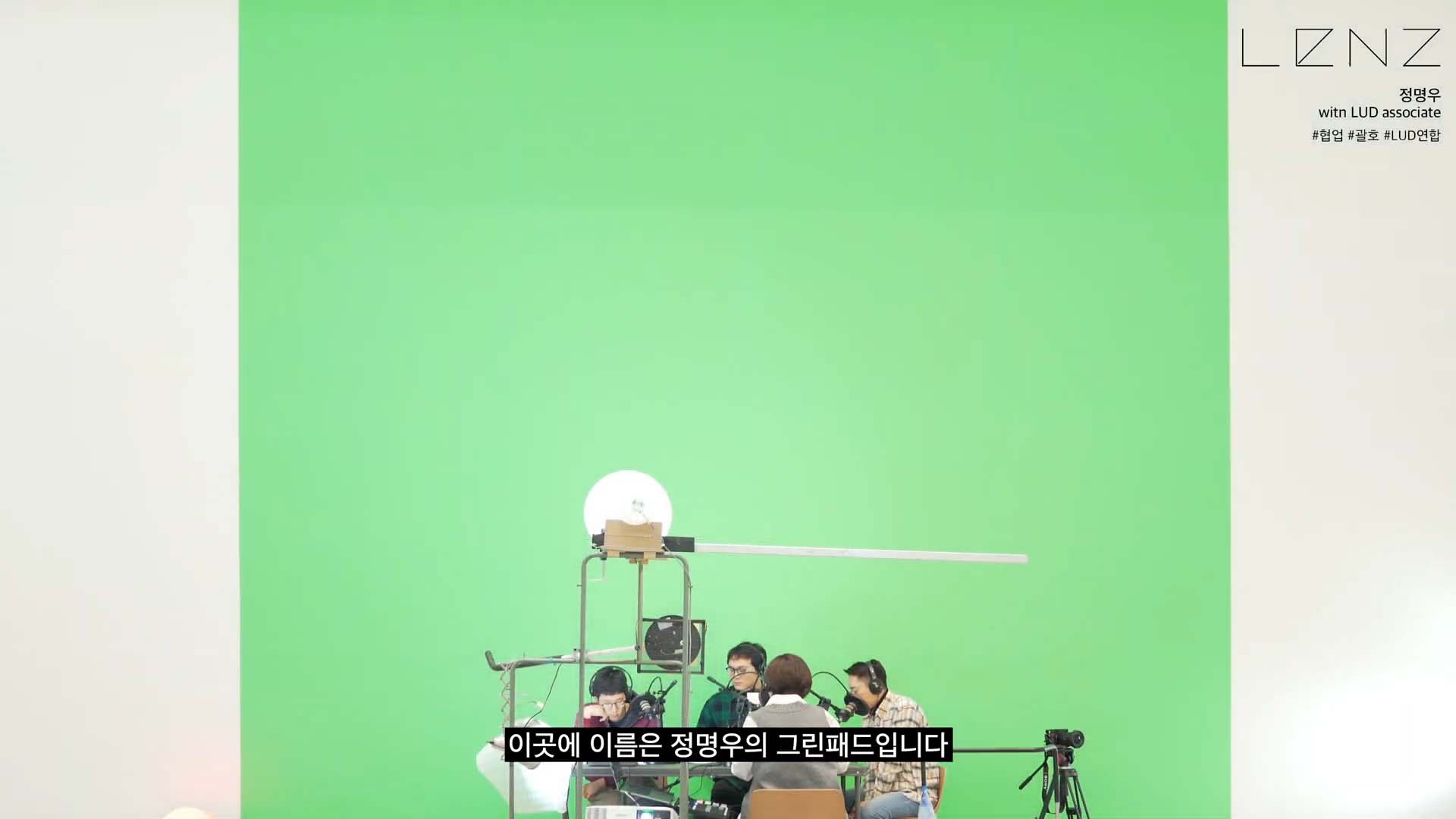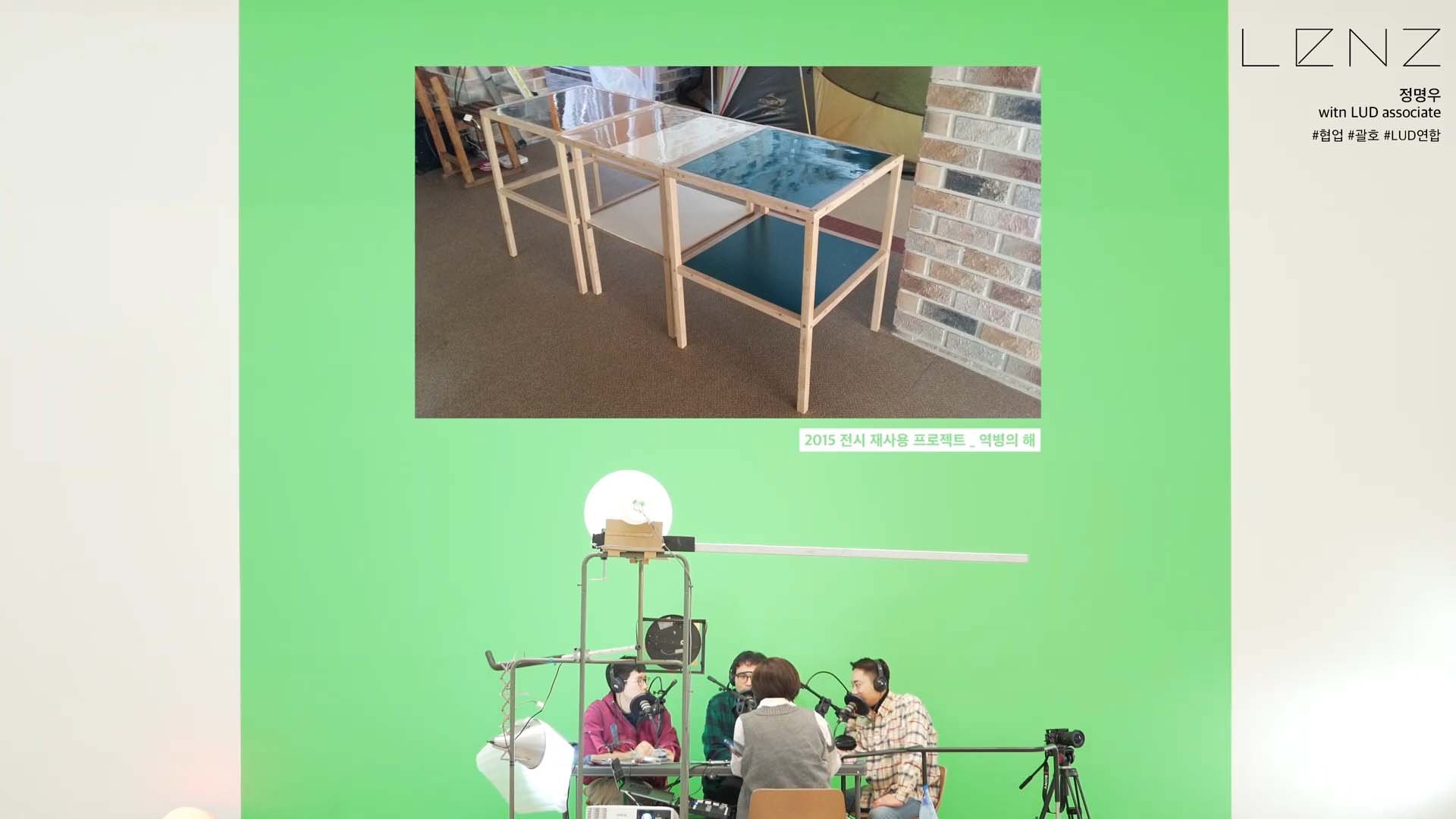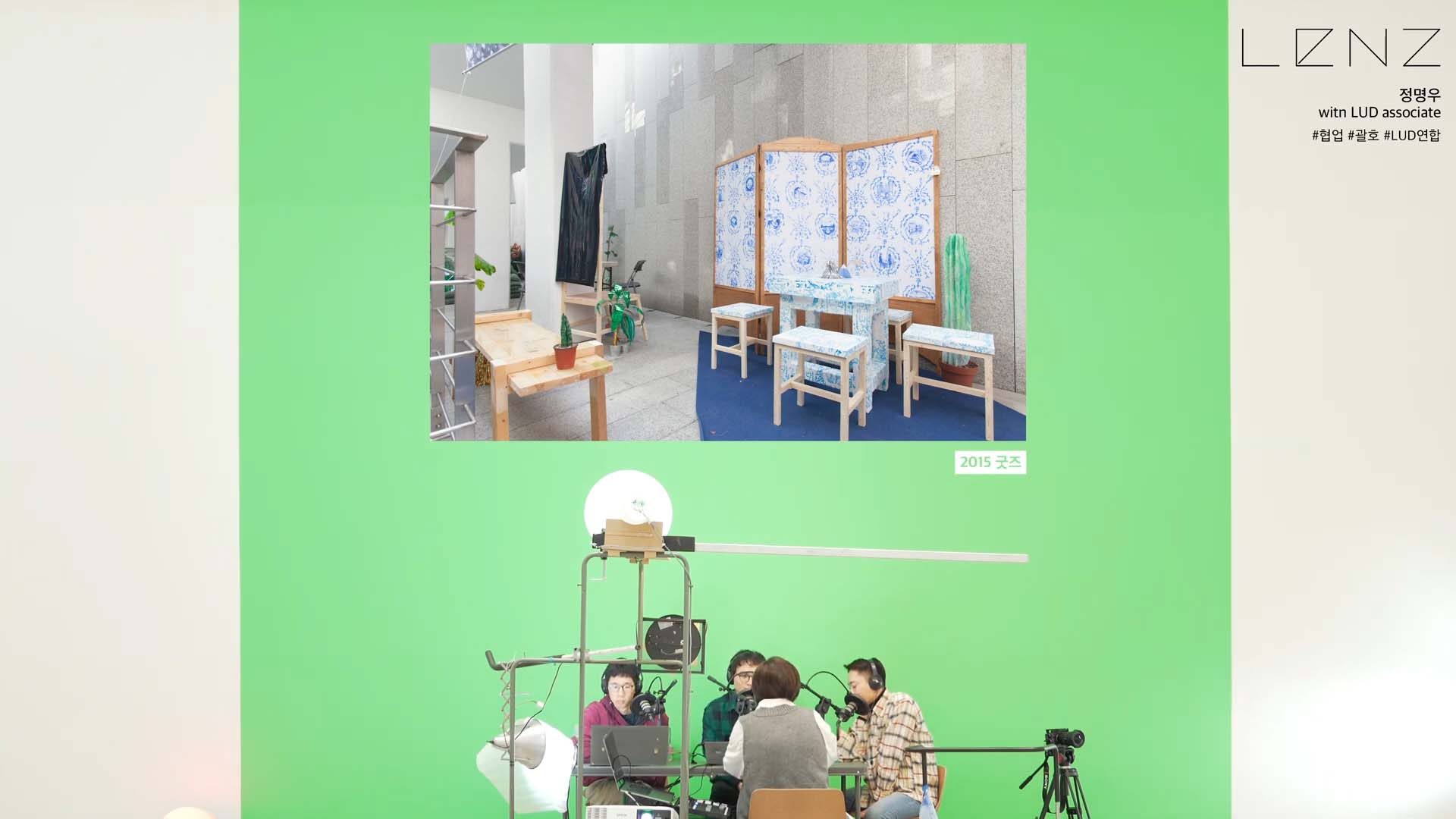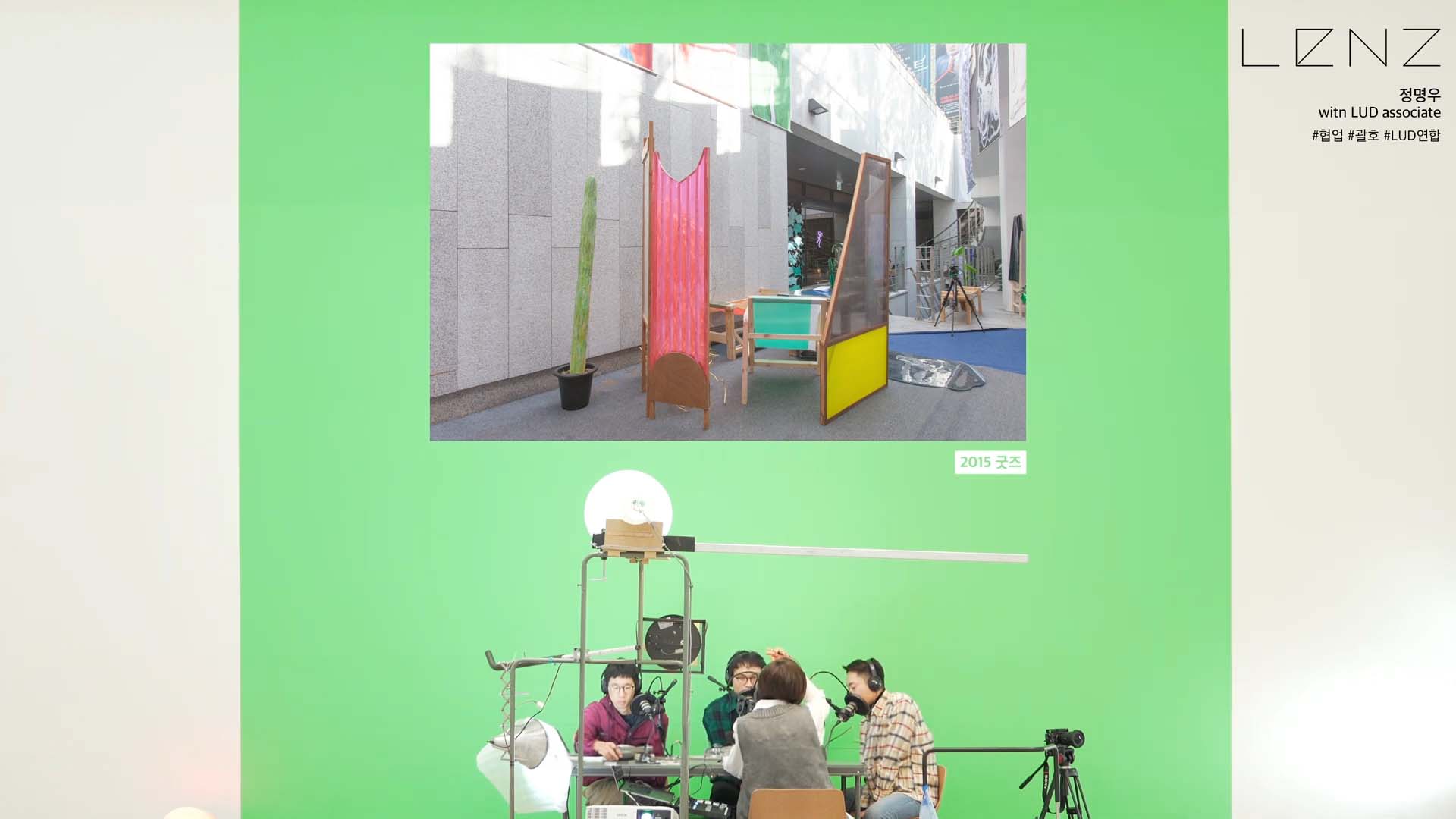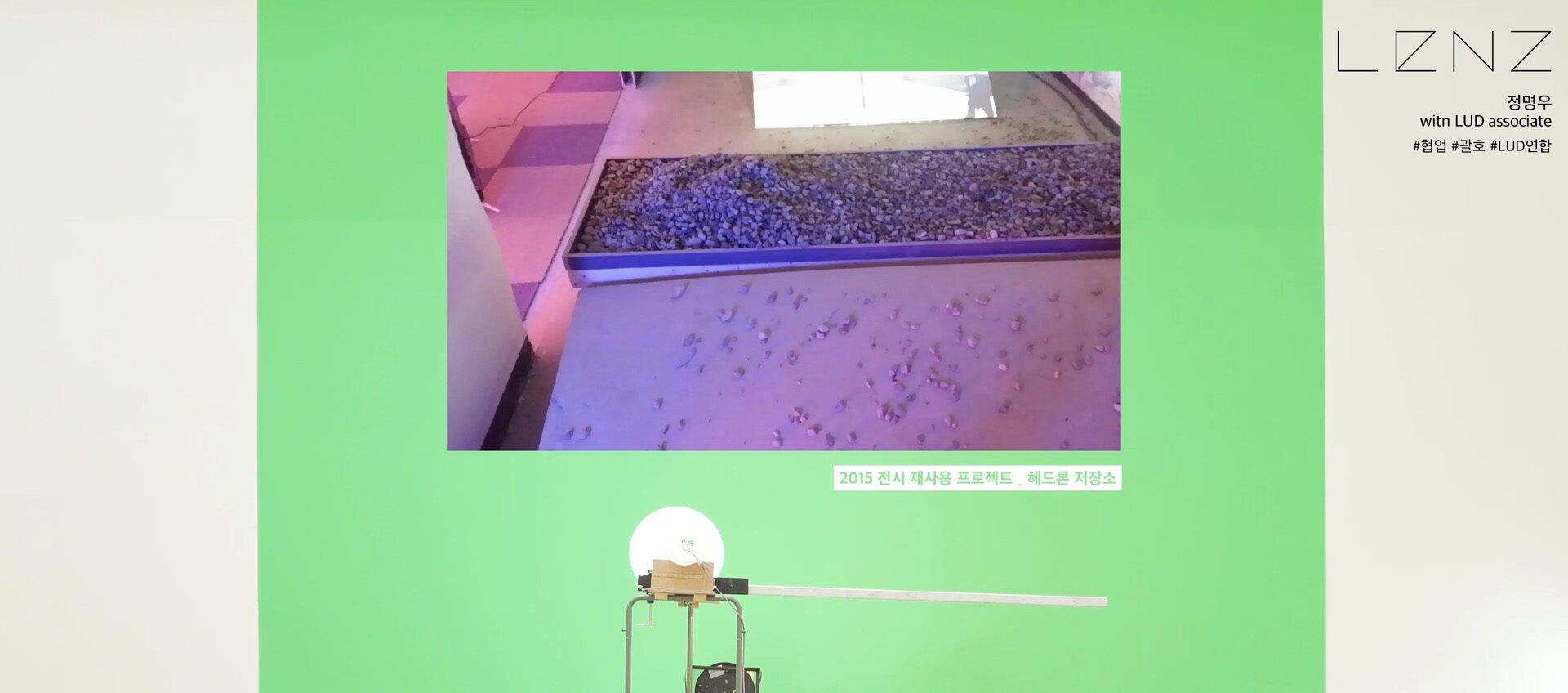Lee MeeJee: Today, we are joined by Jeong Myung-woo, the creator of the Love Your Depot Green Pad. Hello, Myung-woo, could you please greet our listeners?
Jeong Myung-woo: Hello, this is Jeong Myung-woo.
Lee MeeJee: And also joining us is Ahn Jae-young, who participated in the Love Your Depot project with 57 Studio. Please say hello.
Ahn Jae-young: Hello, this is my second greeting. Nice to meet you. I’m Ahn Jae-young.
Lee MeeJee: First, the performance shown in the opening was very impressive. Was that in 2013? Could you briefly explain about that performance?
Jeong Myung-woo: was actually my graduation project. In 2013, artist Lee Ju-yo was preparing for the exhibition. At that time, she asked me to make a moving floor. Since we had known each other since 2010, it naturally happened. The period of making the moving floor coincided with the time I was working on my graduation project. I started thinking about what kind of experience I could reflect in my graduation work, and I decided to create a piece based on my experience of assisting in making the moving floor. I thought this would best utilize my current position and experiences. So, I created the performance piece as my graduation work. Coincidentally, after artist Lee Ju-yo saw it at my graduation exhibition, she suggested we do it as a performance at Art Sonje Center. It was then performed in a parking lot. That’s the story behind it.
Lee MeeJee: I think the video documentation of that was done really well. Was it the person you worked with who filmed it?
Jeong Myung-woo: Yes, artist Moon Bo-ram supported me in various ways. The idea for starting in the parking lot, using an elevator for cars, came from her. She also helped with the physical labor involved in that.
Lee MeeJee: It’s captured so well. I remember we talked about it in our pre-meeting, and I said I think it’s such a shame. Even if you tried to recreate it now, you might not capture the same feel.
Jeong Myung-woo: Since I personally disassembled the kit, I’m not sure if it’s possible to remake it.
Lee MeeJee: The timing, how it was perfectly aligned with the magic hour, is amazing. I’m so glad it was documented on video. But I noticed you were using tools like saws to cut wood, and there seemed to be motion in the machines. You seemed very skilled at handling machines and tools. Have you done this kind of work before?
Jeong Myung-woo: Actually, before that point, I hadn’t done such work. I actually majored in painting.
Lee MeeJee: That was a twist. It was surprising to hear.
Jeong Myung-woo: The more I did painting in college, the more I felt like I was sinking into a pit. It wasn’t going well. The more I painted, the less I felt good about it. So I consulted with several painting professors, and among them, Professor Noh Chung-hyun…
Lee MeeJee: Professor Noh Chung-hyun was your teacher?
Jeong Myung-woo: I once took a class with him. He told me to watch a YouTube video of Alberto Giacometti drawing. It wasn’t anything special, just Giacometti carefully drawing a human figure with a fine pen. Even at an old age, he was drawing the figure with slow, deliberate strokes, and what the professor wanted to convey to me was that I was rushing too much. He said, “There is a rhythm to painting,” and that made me reflect on myself. I realized that this rhythm of painting didn’t suit me at that point. I found that my working style was faster, more hands-on, and I preferred learning through direct engagement. So, I started doing installation and performance art as a combination.
Lee MeeJee: It’s really great advice, in hindsight.


